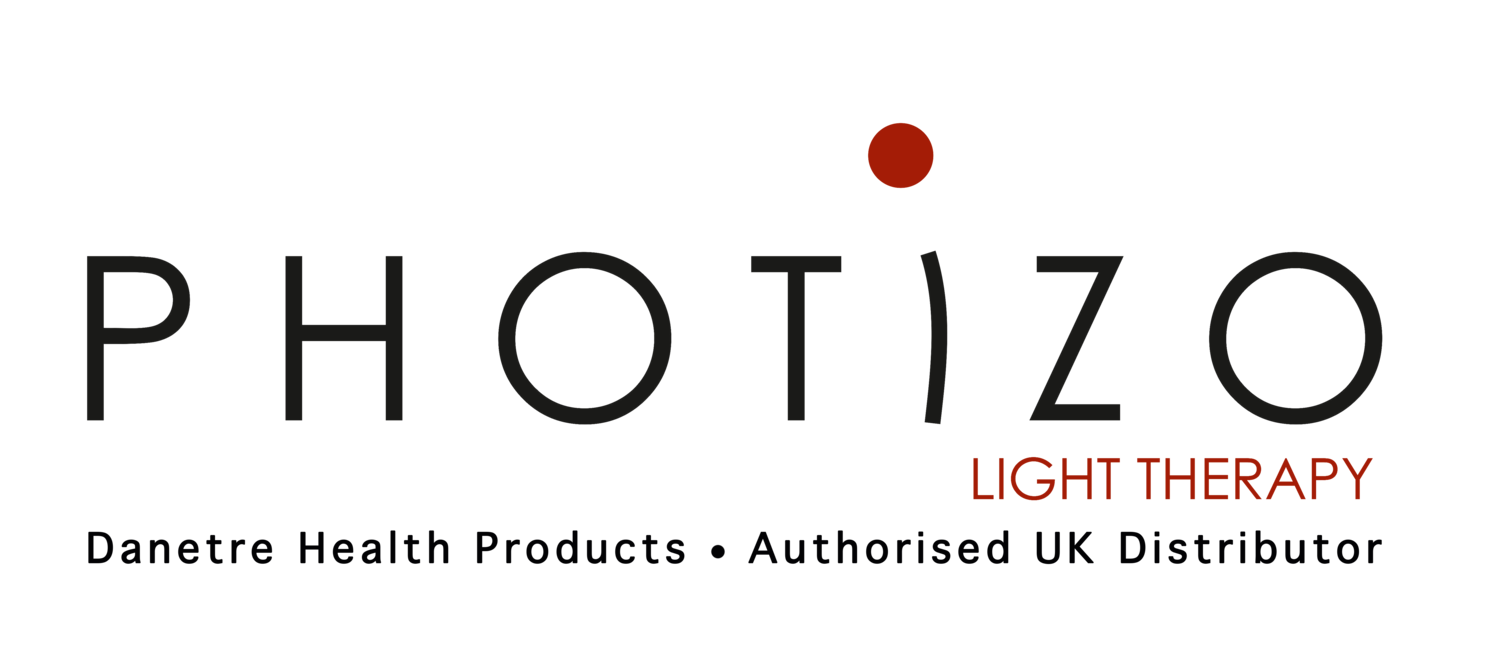Use of Photizo Vetcare in a Goat With a Ligament Injury - a Case Study
‘Randy’, a 7-year-old rescue goat at Buttercups Sanctuary for Goats, weight 98kgs presented lame and almost non weight bearing on the left forelimb. Significant swelling was noticed on the lateral surface of the fetlock.
Where 10/10ths lame is non weight bearing, and 0/10ths lame is completely sound (Gagea, 2020), Randy was 8-9/10ths lame on presentation, non-weight bearing on the left fore when at rest. The probable cause was likely due to either a fall, or an altercation with another goat at the sanctuary.
Like most goats at the sanctuary, history prior to their arrival is not always very detailed! Therefore, a lot of the residents at Buttercups are suffering from lameness of an unknown cause, thought to be due to previous poor conditions or old fractures or injuries.
After diagnostic imaging of Randy’s leg, no fractures were seen, and it was concluded that Randy’s lameness was likely due to ligament injury. The leg was dressed, and a cast applied to help support the joint. During this time, Randy was kept as rested as possible. Randy was on long term meloxicam, and gabapentin was added in at this stage.
Unfortunately, the dressing was not tolerated, and due to the cast rubbing, as well as patient interference traumatising the leg, there had been damage caused to the skin around the area. The cast was therefore unable to be used, and the swelling around the skin and joint from Randy’s interference resulted in even worsened mobility.
Treatment: It was decided that the Photizo Vetcare be trialled for Randy, as due to his larger size, prolonged severe lameness of a front limb would not allow for an appropriate quality of life, and so euthanasia would need to be considered if the condition did not improve.
Initially, Photizo was used daily on all joints around the affected limb, as well as the opposite limb to this (to support any compensatory pain or stiffness). After 10 consecutive days of light therapy, this was reduced to every other day, and finally after another two weeks this was reduced further, to bi-weekly (Photizo Vetcare, 2021).
Doses were up to 3 per joint, per plane around the joint, and usually took place in the morning, whilst the goats were used to being tied and secured to receive their own bowl of breakfast.
Outcome: At the time light therapy treatment was commenced, Randy was 8-9/10ths lame and was spending a lot of the time non-weight bearing on the affected limb.
Two weeks after the Photizo therapy was introduced to his recovery plan, a recheck with a vet resulted in a lameness score of just 3/10, and a plan to wean Randy from pain medications with the view of monitoring mobility.
References: Gagea, A. L., 2020. Evaluating the lame horse. Scarsdale Vets. Online: https://www.scarsdalevets.com/article/evaluating-the-lame-horse [accessed 21/05/2022].
Photizo Vetcare (2021). Treatment of pain, musculoskeletal injuries and skin conditions for animals’ instructions for use. Photizo therapy systems (Pty) LTD. South Africa.
Find out more about the Photizo Vetcare by clicking the link below:

